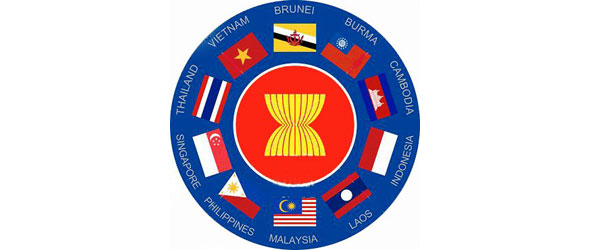The implementation of ASEAN Economic Community (AEC) in 2015 is likely to reduce the dominance of big Japanese automakers in the region introducing a more level playing field. Smaller Japanese players such as Suzuki, Mitsubishi and Isuzu and new entrants will gain the most from the implementation of AEC, as the level playing field will make it easier to expand their presence and challenge incumbents. However, big Japanese OEMs are still likely to continue to lead the market.
New analysis from Frost & Sullivan (www.automotive.frost.com), Strategic Growth Opportunities from AEC Implementation and New Government Policies in ASEAN, finds that market realities and existential threat perceptions are the biggest drivers for AEC integration.
“However, given the sheer scope and complexities of various outstanding issues, there is a strong likelihood that closer to 2015 some of the elements of AEC will be put on hold,” said Frost & Sullivan Principal Consultant, Mr. Dushyant Sinha.
Indonesia, Thailand and Malaysia are the key automotive markets in ASEAN, accounting for 89 per cent of the passenger car market, yet at a global level, they do not figure amongst the top-15 passenger car markets.
“The BRIC countries are much bigger than the key ASEAN markets in terms of industry volume, and compete aggressively for investment in the automotive sector,” Mr. Dushyant said. “As one market, ASEAN is currently at the cusp of a high growth phase, along with the BRIC markets.
While the low level of motorisation in ASEAN indicates a strong growth potential, the heavily motorised markets of Western Europe and North America represent a saturated replacement market.
The BRIC markets, led by China and India are the largest competitors for ASEAN in terms of market and investment. Their attractiveness stems from their larger market size and larger economies. As an integrated market, ASEAN will be more competitive and a better match to the BRIC economies.
“Smaller markets, with their individual automotive sectors, will continue to be plagued with issues of productivity and efficiency. Sector integration will lend economies of scale which in turn will help reduce costs and improve competitiveness,” Mr. Dushyant continued.
The capital intensive nature of the automotive sector, coupled with the ever increasing competitive pressures, pushes for increased investment, both technical as well as financial, for the local industry to remain competitive and globally relevant.
An integrated automotive sector will enhance ASEAN’s attractiveness as an investment destination and help the local players, plagued with limited resources, to survive.
However, political compulsions, accentuated by development divide serve as key restraints for the implementation of AEC.
“Local OEMs will find it challenging to maintain their existing market positions and some degree of consolidation is expected,” Mr. Dushyant went on. “Automotive OEMs and suppliers should focus on increasing value and reducing cost of safety systems.”
Within the automotive value chain, suppliers as a whole are better “hedged” to weather the impact of AEC due to their multi-client share of OE business and opportunities in the aftermarket segment.
“Under the full implementation of the AEC, a structural change is likely in the automotive sector,” concluded Mr. Dushyant. “Local players, both OEMs and suppliers, stand to lose the most. Overall, market concentration is set to decrease.”





